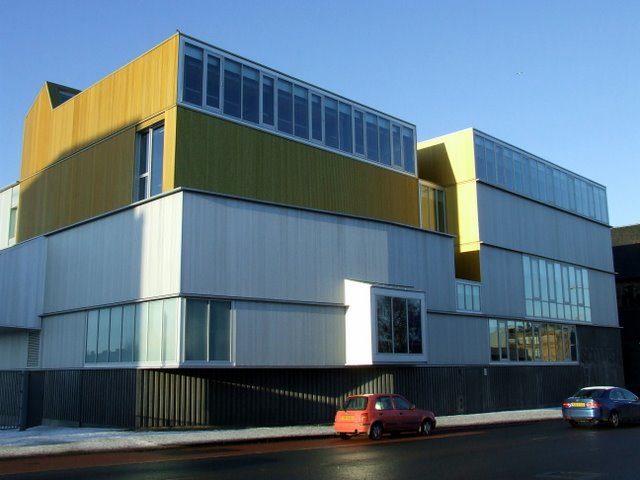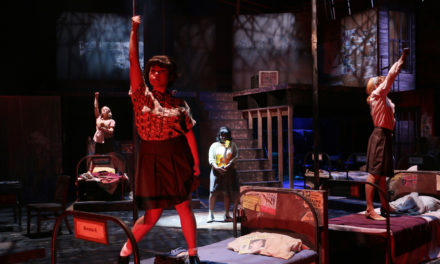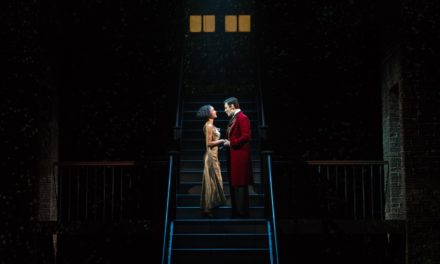Scotland’s five centrally funded performing companies have made a significant commitment to improving gender equality across Scotland’s arts sector, making a formal pledge to achieve a 50/50 gender balance across their boardrooms by the year 2020.
The Scottish Ballet, Scottish Opera, Scottish Chamber Orchestra, the Royal Scottish National Orchestra and the National Theatre of Scotland (NTS) joined the 185 public bodies, third sector organisations and private companies that have already signed up to 50/50 by 2020, a voluntary commitment to improve gender balance on boards launched last year by the Partnership for Change. As a network of organisations and individuals who share a common ambition to improve diversity within senior leadership, the Partnership for Change also facilitates a wider learning exchange about the best methods for improving gender balance and diversity in the boardroom and beyond.
Last year more women than men were appointed to public boards across Scotland for the very first time. Speaking onstage at the Kings Theatre in Edinburgh at an event to announce the arts sector’s support for the initiative, Equalities Secretary Angela Constance made clear her ambition that this would not be a “one-off”, calling for more organisations to recognise the benefits of gender balance; and to develop a “more modern, progressive and open minded approach” that allows them to ‘make the best use of all the talents at their fingertips.”
These comments from the Equalities Secretary were echoed by the heads of Scotland’s five centrally funded performing companies, indicating their voluntary support and significant commitment to gender balance. Christopher Hampson, Scottish Ballet’s CEO/Artistic Director, remarked that “gender diversity adds yet another positive element to the wide breadth of experience that our board members possess, ensuring that governance is both robust and balanced.” Likewise, Dame Seona Reid, NTS Chair, cited the relationship between diversity at board level and the “significantly enhanced decision-making and quality of debate” that followed.
The commitment from some of Scotland’s most prominent arts organisations follows hot-on-the-heels of Creative Scotland, Scotland’s national development agency for the arts, screen and creative industries, announcing their first gender-balanced board after the appointment of four new members in August 2016. Yet whilst the push towards gender equality at board level is undoubtedly important, gender balance across the whole theatre-making sector is considerably more varied. Christine Hamilton’s Where are the Women?, an independent report that surveyed the 24 theatre companies that received regular funding from Creative Scotland in the 2014/2015 financial year, found that whilst women’s representation was strong in acting and directing, at 46% and 47% respectively, only 38% of companies had women in roles of artistic leadership. Moreover the imbalance was far greater in other areas, as only 29% of the set and costume designers, and only 6% of the lighting designers, that worked on these productions, were women.
Hamilton’s report, published in March 2016, underlines that whilst the changes at boardroom level are entirely commendable, there is still a great deal of progress to be made to achieve a real and lasting equality, a 50/50 gender balance that is found across the whole of Scottish arts.
This post was written by the author in their personal capacity.The opinions expressed in this article are the author’s own and do not reflect the view of The Theatre Times, their staff or collaborators.
This post was written by Andrew Edwards.
The views expressed here belong to the author and do not necessarily reflect our views and opinions.

















